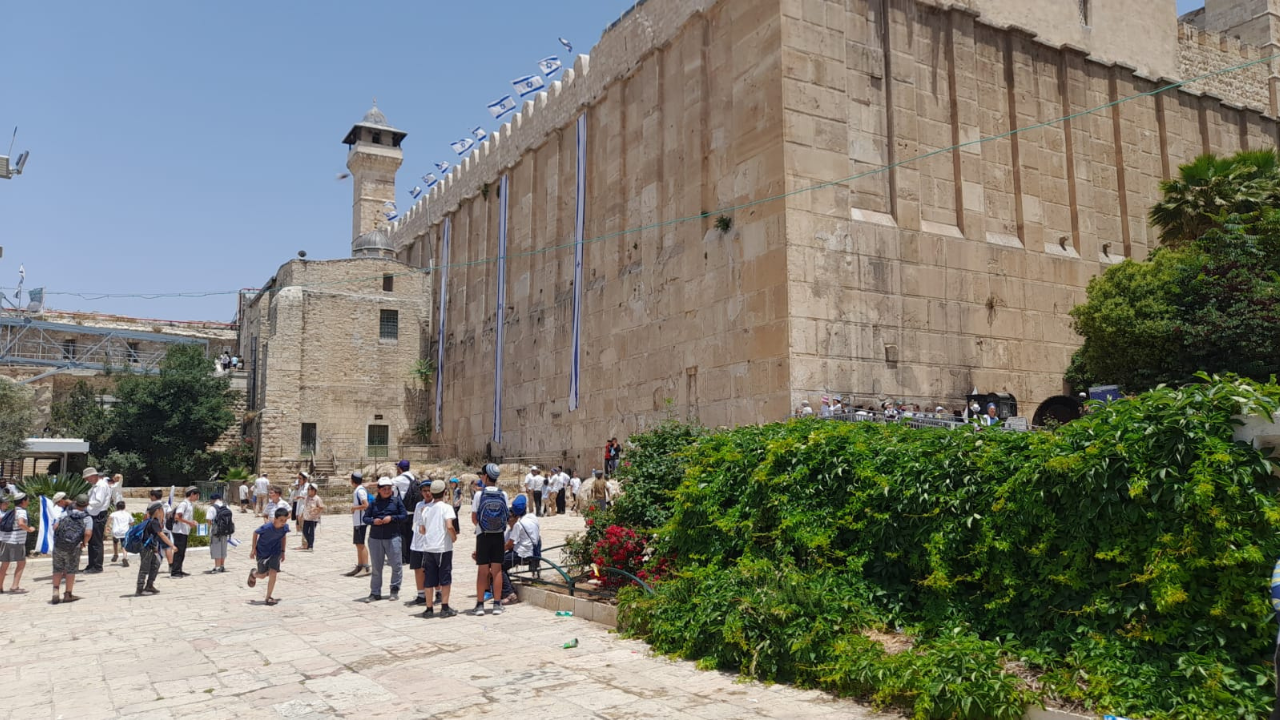The Enlightened Sky Till Chevron
The Mishna in Yoma (3:1) describes the process of bringing the korban Tamid in the Beit HaMikdash every morning. Being that the Tamid shel Shachar must be brought specifically after daybreak, the kohanim were exceedingly careful to check that the dawn had in fact arrived. Rebbe Matya ben Shmuel relates that the kohen hamemuna (in charge of facilitating the avodah smoothly) would ask if the entire eastern sky was enlightened till Chevron. Only once a scouting kohen climbed to a rooftop and confirmed that this was the case could the slaughtering of the daytime tamid begin.
The Mishna is clear that the kohanim were diligent to make sure that the daylight was in a more advanced stage to ensure that they didn’t accidentally slaughter the Tamid during the night. This is why they would wait until the entire eastern sky was alight. However, the phrase of “until Chevron” seems remarkably strange. Firstly, the sky brightens equally across the countryside of Eretz Yisrael. Even the lands west of Jerusalem are practically experiencing the same exact dawn and sunrise as the kohanim in the Beit HaMikdash. Additionally, Chevron is south of Jerusalem! Why would the kohen peering into the eastern be asked to think about Chevron?
Some Rishonim explain that this benchmark represented a brighter and more advanced stage of day. However, Rashi (Yoma 28b) and the Rambam (commentary to Tamid perek 3) invoke the explanation of the Talmud Yerushalmi. The kohanim deliberately would mention Chevron in order to invoke the merit of “those who slumber in Chevron”, the Avot and Imahot buried in the Maharat HaMachpeila.
On an elementary level, it is impossible to approach HaKadosh Baruch Hu in the Beit HaMikdash without the merit of our forefathers standing behind us. The Rashba explains (Teshuvot 1:423) based off this Gemara that we cannot begin tefillah without referencing the Avot. Hence, our Amidah prayer begins by invoking the merit of Avraham, Yitzchak, and Yaakov. While the Rashba alludes to deeper implications of the Avot’s role in establishing God’s dominion in this world, his insight highlights the absurdity of trying to approach the Almighty with our paltry zechuyot. Only the merit of the “mighty ones” from whom we descend can allow the avodah to be successful.
It isn’t coincidental that we traditionally read the Parshat HaAkeida prior to tefillat Shacharit, similarly invoking the merit of Avraham and Yitzchak’s greatness that was established on Har HaMoriya prior to approaching God in prayer.
But this Yerushalmi also establishes a deep connection between the physical places of Yerushalayim and the burial place of our ancestors in Chevron. The Shela HaKadosh (Torah Ohr, Chayeii Sarah) notes that the makom hamizbeach was the place from which Adam HaRishon was created. Chevron is the place where he was buried. The initial creation of man and his first paradigmatic burial link these two holy cities together, כי עפר אתה ואל עפר תשוב. As we bring korbanot to achieve kaparah and spiritual ascendance, we invoke the memory of the slumbering giants who attained spiritual sheleimut. The Zohar establishes that the entrance to Gan Eden, where the neshamot of the righteous reside until the times of Techiyat HaMeitim, is in the Maharat HaMachpeila. (This is presumably why the Maharal explains that Techiyat HaMeitim will occur in Chevron, where the souls of the righteous will enter their reconstituted bodies.)
Every individual Jew’s existence is a microcosm of Adam HaRishon and the Avot. These two holy cities serve as bookends that remind us of our potential, our purpose, and our destiny.



